What Do Bees, Hornets, and Wasps Look Like?
Though bees, hornets, and wasps are similar in color and size, subtle differences can help you tell them apart. Wasps and hornets have longer, thinner frames, while bees have a rounder shape. Bees also have yellow or amber fur all over their bodies as opposed to the shiny, hairless shells of hornets and wasps.
How Big Are Bees, Hornets, and Wasps?
Size is a distinguishing feature of these stinging pests as well. Bees are half an inch long or less, making them the smallest of the group. Wasps are slightly bigger, coming in at roughly three-quarters of an inch in length. Hornets are the largest of these insects, reaching up to an inch or more in size.
Are Bees, Hornets, and Wasps Dangerous?
While some wasp and hornet species can be aggressive, they usually only sting to defend themselves and their nests. Bees die after using their stingers, so they tend to attack only as a last resort. Most people experience pain and swelling after a sting, but some individuals experience allergic reactions that require medical attention.
Pictures of Bees, Hornets, and Wasps
Knowing how to identify these insects and their nests or hives can help you determine which types of stinging pests are infesting your home or business, saving you time, money, and stress. Check out our image gallery to learn more about the different physical features of bees, hornets, and wasps.
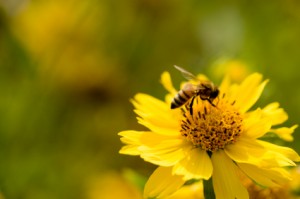
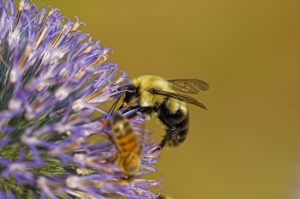
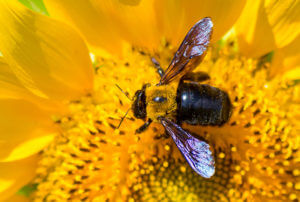
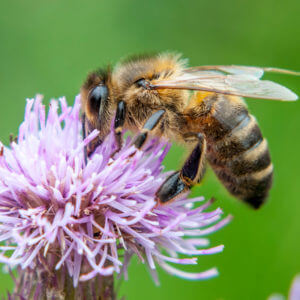
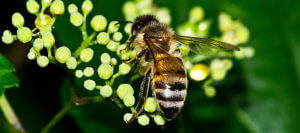
In general, bees are fuzzier, brighter, and more robust than wasps or hornets. Carpenter bees are the largest and have a unique blue or purple sheen to their bodies, while bumble bees and honeybees are slightly smaller with soft orange or bright gold hairs. They also tend to be half an inch long or less, making them the smallest of these insects.
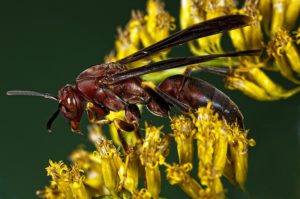
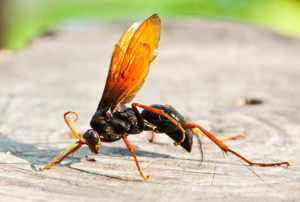
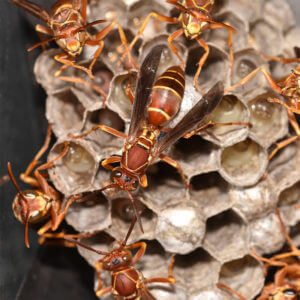
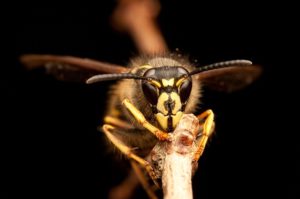
Unlike bees, wasps have thin, almost cylindrical bodies and narrow wings. Their nests also look more like paper mache than a waxy beehive. Yellow jackets are black with yellow markings while paper wasps may have a reddish-brown color. These pests are a bit bigger than bees as well, reaching about three-quarters of an inch in length.
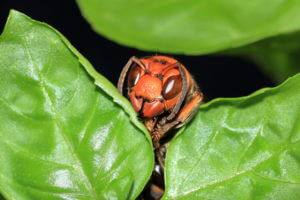
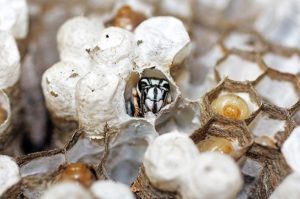
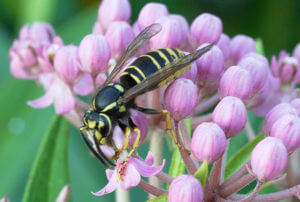
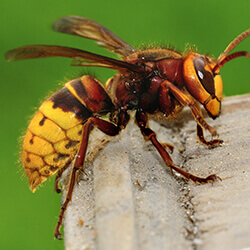
Measuring at an inch or more in size, hornets are the biggest stinging pest in the New England area. While ground hornets usually have a similar yellow stripe pattern to some types of wasps, bald face hornets are actually black and white. Their nests also have a more globular shape than wasp nests and beehives.
Knowing the difference is important – especially if someone in your family is allergic or sensitive to the stings. But you probably don’t want to get close enough to see if they have a fuzzy body or a hard shell! Stay inside safe from the stings and have a pro come in to do the dirty work.